Ethanol

Starting Up A Bed After Change Out – Ethanol Dehydration Units
Start Up an Ethanol Dehydration Unit After a Change Out or for Initial Commissioning What to Know About Start Ups Before starting a ethanol dehydration unit, or ethanol bed, there are...
read more
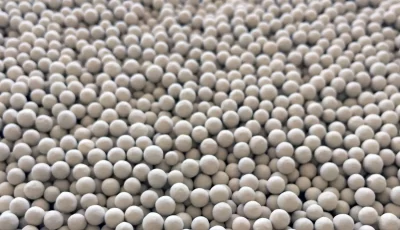
Lateral Top Off Schedule – Ethanol Dehydration Units
Lateral Design Top Off Schedule Sample for Ethanol Dehydration Units General Guide to Topping Off Laterals Below is a general schedule for topping off new bead installations in lateral designs* It...
read more
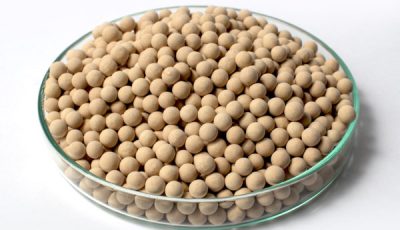
How to Dispose of Molecular Sieve
In the United States, molecular sieve can be disposed of in a licensed landfill. The material is normally analyzed to meet the regulations for proper chemical waste management. For safety information,...
read more
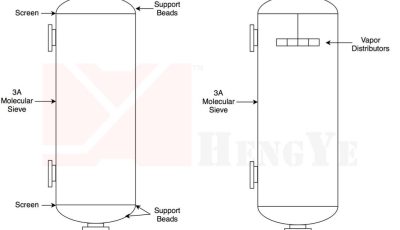
Loading – Ethanol Dehydration Units
Recommendations for Loading Ethanol Beds Packaging The best way to start the process of loading an ethanol dehydration unit is by knowing what material you will be using to load the...
read more
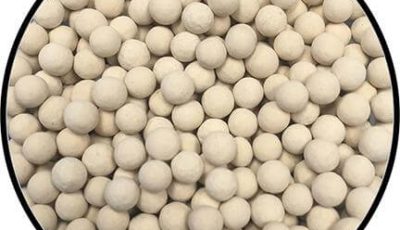
Unloading – Ethanol Dehydration Units
Preparing an Ethanol Dehydration Unit for Unloading Before unloading an ethanol dehydration unit, it's important to know how you plan to dispose of the material first. In most cases, licensed landfills...
read more

The Role of Co-adsorption
Molecular Sieve Manufacturing All Type A molecular sieve originates as Type 4A zeolite crystals. These 4A zeolite crystals can be treated to an ion exchange to create 3A or 5A molecular...
read more
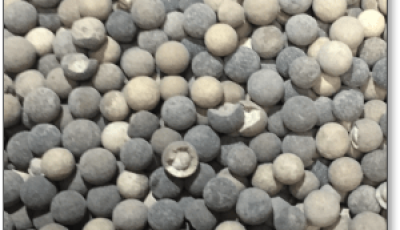
How Not to Kill Sieve Beads
How Not to Kill Molecular Sieve Beads Featured in Ethanol Producer Magazine, July 2017 Molecular sieve is a critical part of the commercial ethanol production process , allowing ethanol to be dehydrated...
read more
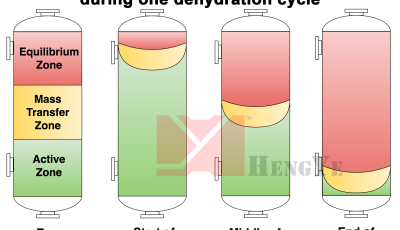
How to Optimize Dehydration Units
Molecular Sieve Process OptimizationFeatured in Biofuels International, May 2015 (volume 9, issue 3) Molecular sieve dehydration of ethanol uses a specialized molecular sieve to remove the water from the distillation/rectification of...
read more